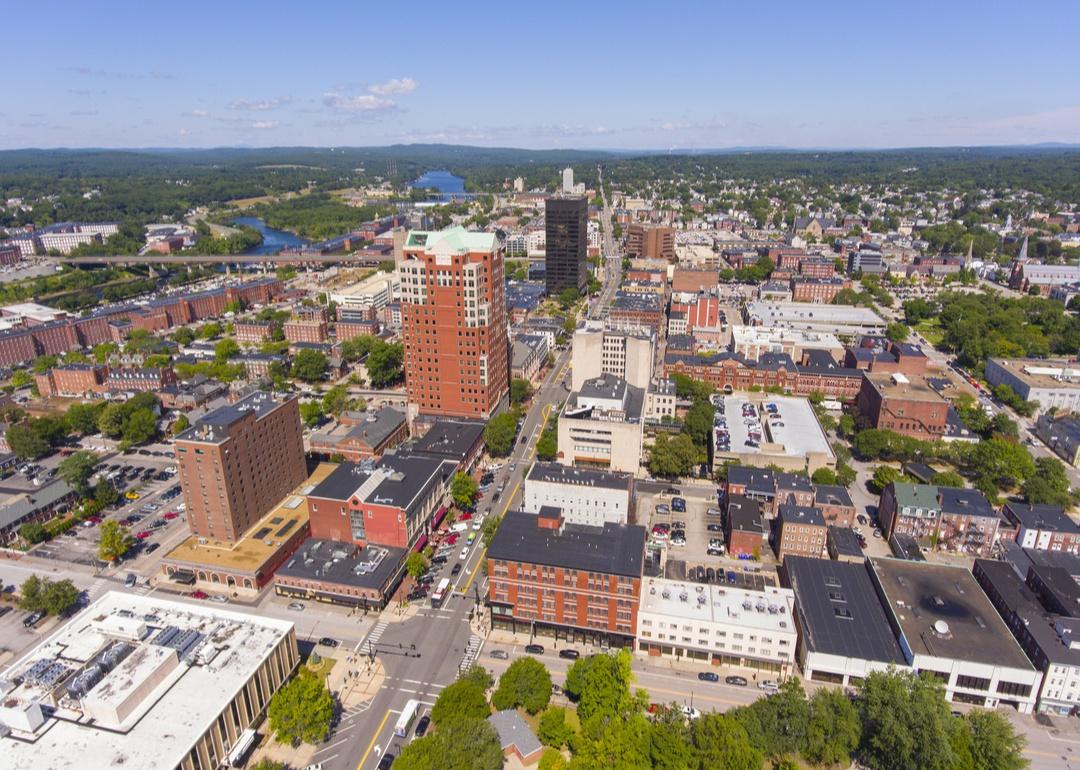
This story originally appeared on NursingEducation and was produced and distributed in partnership with Stacker Studio.
See how many nurses New Hampshire will need by 2030
A perfect storm of factors taken all together could leave the world short of almost 5.7 million nurses by 2030, according to forecasts by Becker's Hospital Review.
Issues in the United States contributing to this shortage include the baby boomer generation reaching retirement age, an increased need for health care as our population gets older, a lack of qualified educators, and the COVID-19 pandemic. While every state is feeling the effects of these factors, their intensity—and the amount to which they’ll affect the nursing supply—varies immensely.
NursingEducation.org used data from the Health Resources and Services Administration's Health Workforce Simulation Model, which is an integrated health professions projection model that estimates the current and future supply of and demand for health care providers. The 2017 model, which is the most recent available, looks at the demographics of current health care providers, current and projected population numbers, and the state of the national economy and the labor market.
For this story, the states were ranked by the projected surplus of registered nurses in 2030, which is the percent change between the projected supply of RNs and the projected demand. A positive percentage means there is a projected surplus of nurses in 2030, and a negative percentage means there is a projected shortage of nurses. Any ties are broken by the projected surplus of licensed practical nurses in 2030.
Keep reading to see where your state falls in the rankings and what’s being done to help amend the crisis—whether improving the student-to-professional pipeline or providing monetary incentives.
New Hampshire by the numbers
- Projected surplus of registered nurses in 2030: 5.4%
--- 2030 projected demand for registered nurses: 20,200
--- 2030 projected supply of registered nurses: 21,300
- Projected shortage of licensed practical nurses in 2030: 37.3%
--- 2030 projected demand for licensed practical nurses: 7,500
--- 2030 projected supply of licensed practical nurses: 4,700
Just a few short weeks ago, the Department of Labor awarded the Dartmouth-Hitchcock Medical Center $2.5 million in funding to help fill holes in the state’s rural health care system. The money will be used for training programs and tuition support, opening doors for folks who want to work in health care but can’t afford the education or would otherwise struggle to begin.
Keep reading to see the states that will need nurses the most and least by 2030, or check out the full national story here.
States that will need nurses the most by 2030
#1. Alaska
- Projected shortage of registered nurses in 2030: 22.7%
#2. South Carolina
- Projected shortage of registered nurses in 2030: 16.6%
#3. South Dakota
- Projected shortage of registered nurses in 2030: 14.0%
States that will need nurses the least by 2030
#1. Washington D.C.
- Projected surplus of registered nurses in 2030: 282.6%
#2. Wyoming
- Projected surplus of registered nurses in 2030: 50.9%
#3. New Mexico
- Projected surplus of registered nurses in 2030: 44.9%
This story originally appeared on NursingEducation and was produced and distributed in partnership with Stacker Studio.



